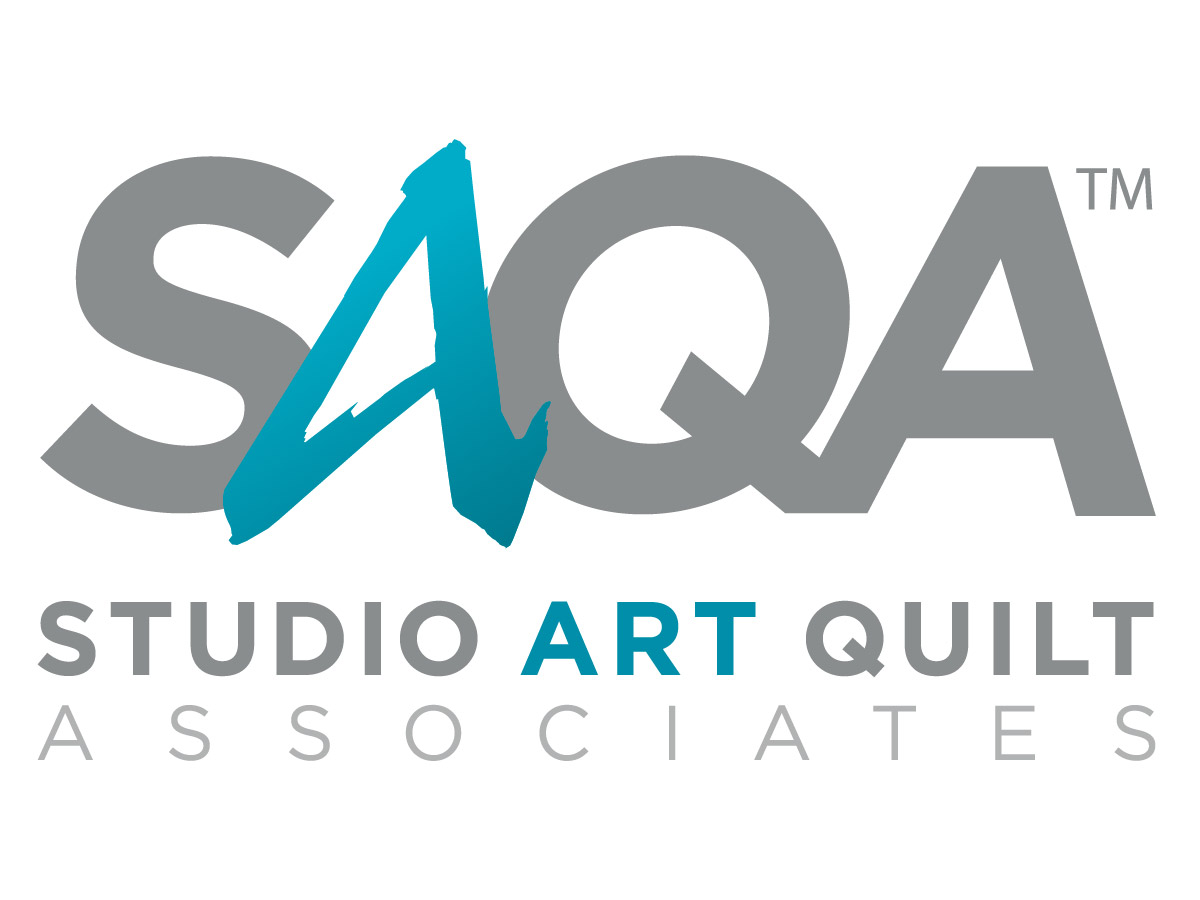It’s important to label your quilt. It acts as your signature, and it provides information about when, where and possibly why you made your quilt. If you plan to enter your quilt in a show, a label is generally required.
At the very least your quilt label should include your name and contact information and the date the quilt was completed. You might also want to include the title of the quilt, the person it was made for, the occasion it was made for, the inspiration for the quilt, etc. Here’s a great blog post about quilt labels.
I like my quilt labels to have a colored background. After trying several other options, I’ve settled on using Microsoft Excel to create my labels, mainly because I can use the Fill Color feature to make the label to virtually any color I want.
I usually match the label color to the back of the quilt, or select a coordinating color. When I took the photos below, I was creating labels for 6 quilts (and I confess some of them were made quite a few months before the labels were attached!) and I decided to use chartreuse, which I think of as my ‘signature color’, for all 6 of the labels.
I print my labels on fabric sheets that have been prepared for printing.
Following the instructions on the package, I let the sheet dry, remove the backing (if I’m making only one label, I remove the backing from the printed part only and save the remaining 2/3 of the page for future labels), and rinse the sheet.
Once it’s dry, I trim the label to the finished size plus a 1/4″ seam allowance.
I finger press the 1/4″ allowance to the back, then cut a piece of fusible web that is just a teeny bit smaller than the turned-under label.
I position the fusible web on the back of the label. It holds the seam allowances in place.
Then I remove the backing paper and fuse the label to the back of the quilt.












Great tutorials, Terry. Thanks for sharing them with us. : )
Nice!!! Thanks for sharing them!
Oh how much easier than the way I hand sew my written labels! Thanks Terry.